25 Must-Know Camping Tips For The Savvy Explorer
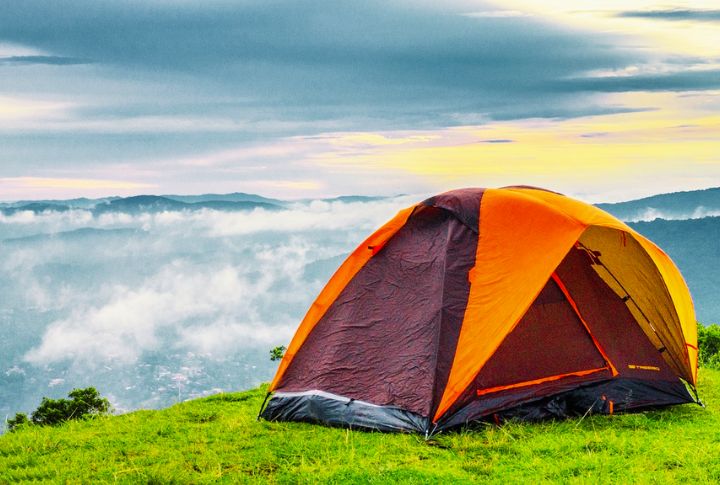
The campfire crackles and the view is unreal, but then nature throws you a curveball. Maybe it’s the chill you didn’t expect or a meal plan that falls apart. These moments can test your patience or your planning. Here are 25 small moves that turn outdoor stress into outdoor smarts.
Choose The Right Tent
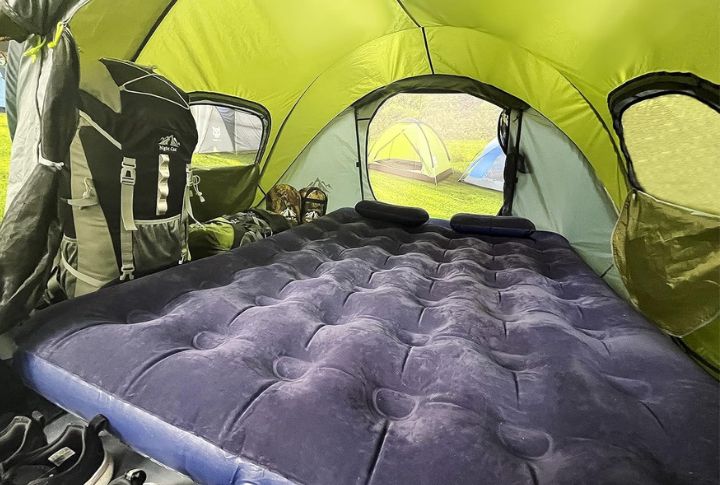
Not all tents are created equal, and size isn’t everything. You want a tent suited to your climate and group size. Three-season tents handle most conditions, while four-season models are for serious snow and wind. Additionally, look for features like ventilation and a waterproof rainfly.
Pack Multipurpose Gear
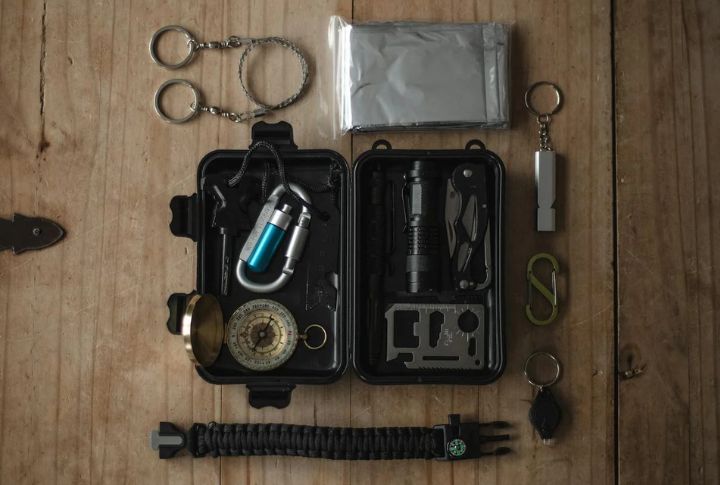
Overpacking is the fastest way to hate your own backpack. Instead, prioritize gear that earns its place. A quality multi-tool replaces a toolbox, a sleeping pad doubles as a seat, and a buff works as a headband and sun protector. Consequently, you save space and move more easily without sacrificing essentials.
Test Your Gear First
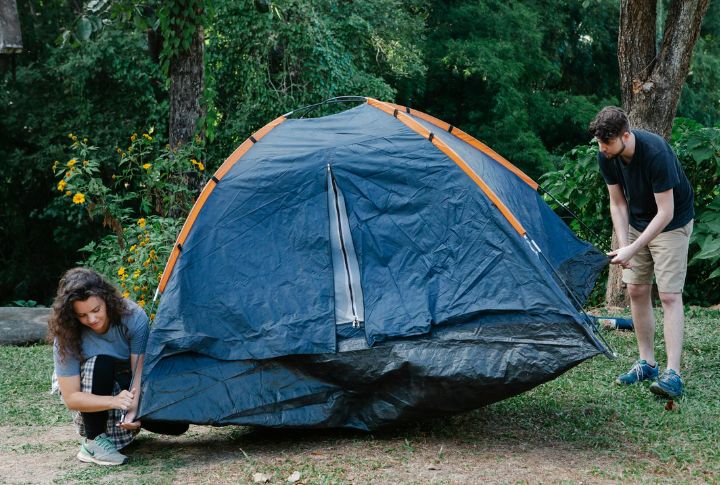
New gear might look sleek, but field-testing is where the truth comes out. Before your trip, set up your tent and make sure your flashlight isn’t just an expensive paperweight. Moreover, learn how to troubleshoot it. You don’t want to figure out your stove’s valve is faulty when it’s your only dinner plan.
Plan For Weather Changes
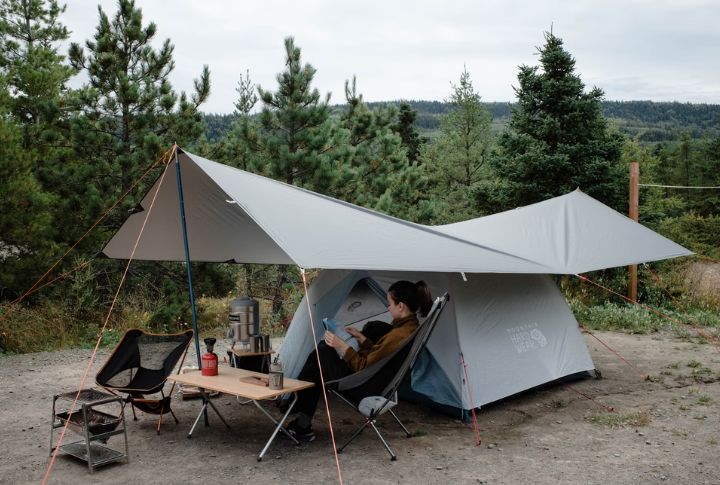
The forecast lies, especially in the backcountry. Mountain weather changes by the hour, with sudden rain or surprise heat waves catching you off guard. That’s why layers matter: pack a moisture-wicking base, an insulating mid-layer, and a waterproof shell. Toss in extra socks and a beanie—cold toes kill morale fast.
Use A Packing Checklist
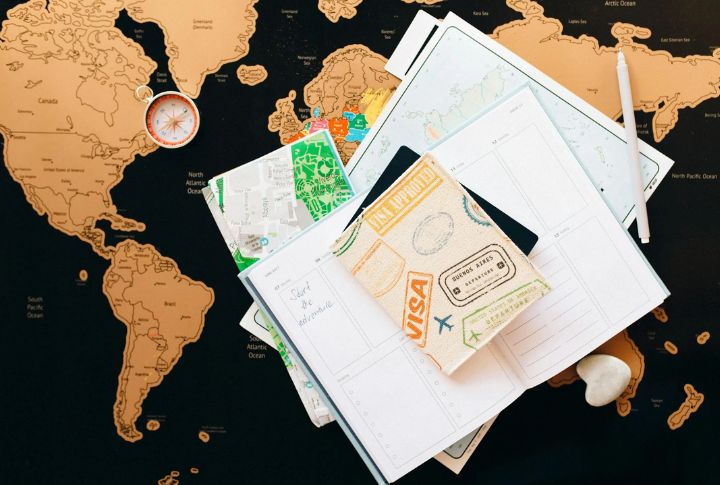
Memory is a prankster when you’re excited to leave. A checklist prevents forgettable disasters like leaving your tent stakes behind or showing up without fuel. Separate your list by categories: shelter, cooking, clothing, safety, and comfort. Additionally, update your list after every trip to reflect what you used or didn’t.
Bring A First Aid Kit
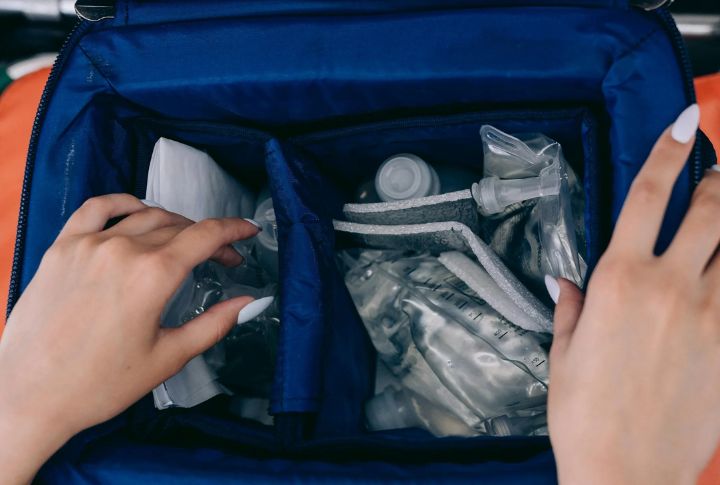
Nature has sharp corners. You need more than a few Band-Aids. Build a kit with gauze, antiseptic wipes, tweezers, medical tape, antihistamines, ibuprofen, and moleskin for blisters. If you’re remote, consider adding a splint and clotting powder. Also, learn how to use each item.
Master The Campfire Basics
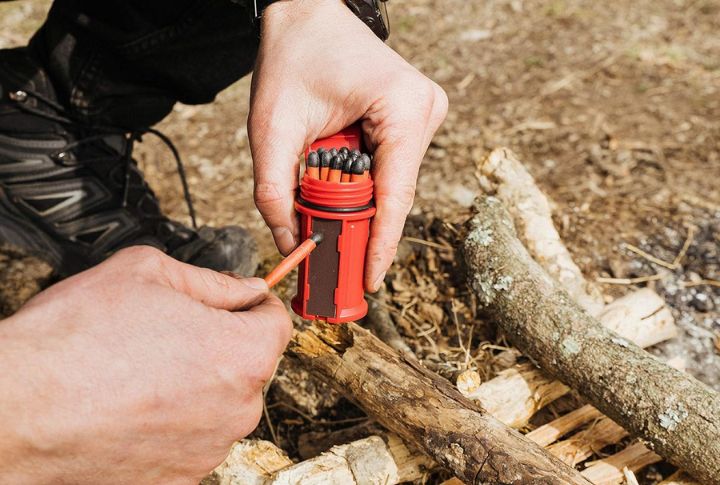
A campfire isn’t just for the vibes—it’s about survival. Learn to find dry tinder and control airflow. Keep waterproof matches and fire starters, like cotton balls with petroleum jelly or dryer lint, for fast lighting. Always follow local fire laws to avoid fines or harming the forest.
Store Food Safely
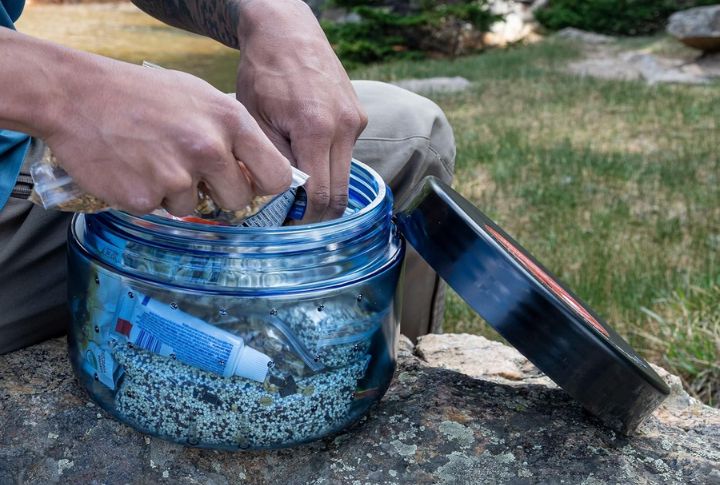
Bears aren’t the only ones sniffing out your granola bars. Raccoons and even squirrels will tear through your supplies. That’s why it’s important to use bear-proof canisters in bear country and in other areas, hang food 10 ft off the ground and 4 ft from a tree trunk.
Keep Bugs At Bay

Besides the usual repellent, wear light-colored clothing to avoid attracting insects and tuck your pants into your socks during hikes. Permethrin-treated clothes offer added protection. Additionally, consider a bug net for your sleeping setup if mosquitoes are out in force.
Stay Hydrated Smartly
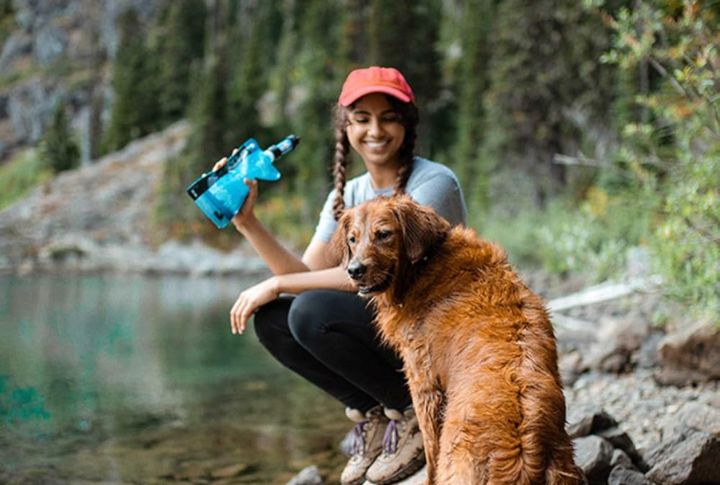
Dehydration creeps up quickly, especially at altitude or in dry climates. Always carry more water than you think you’ll need. A filter or purifier gives you flexibility, letting you refill from lakes or even puddles if needed. Moreover, plan your route around known water sources and track your intake.
Use Headlamps Over Flashlights
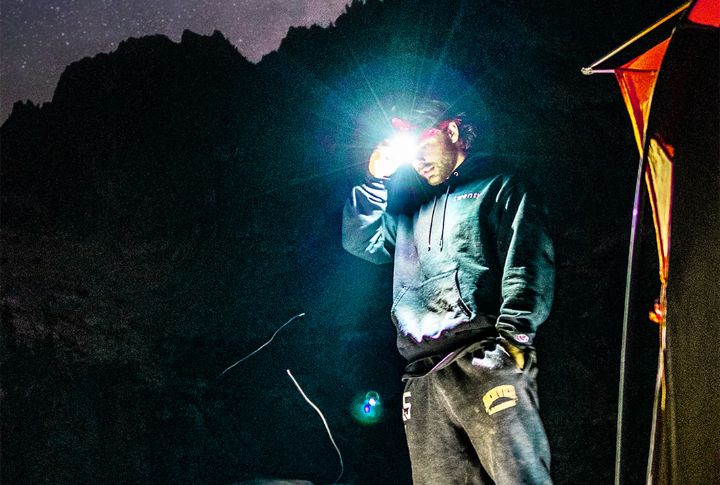
Your hands are for cooking and swatting at mosquitoes, not holding a flashlight. Headlamps offer focused lighting while keeping both hands free. Choose one with adjustable brightness and a red light setting to preserve night vision. Moreover, always carry spare batteries. The forest doesn’t come with streetlights.
Prep Meals In Advance
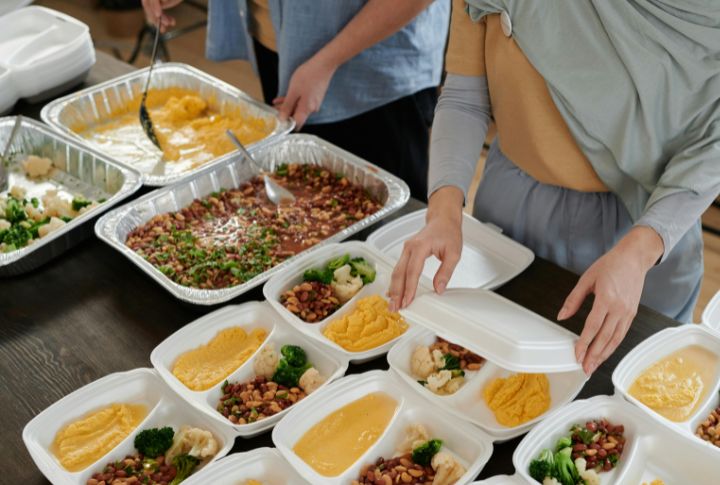
Nobody wants to dice onions in the dark after hiking ten miles. Chop and marinate your meals at home. Vacuum-sealed bags or reusable containers keep things fresh and reduce campsite mess. Additionally, label your packs. This saves time and avoids the tragic mix-up of chili for oatmeal.
Learn Basic Navigation Skills
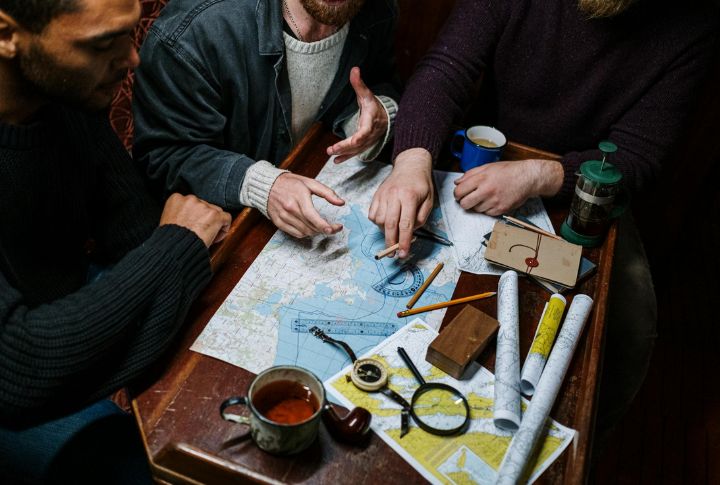
GPS is great until your signal dies in the middle of nowhere. Maps don’t crash, and compasses don’t run out of battery. Learn how to orient a map and shoot a bearing. Also, mark your intended route in advance. It could save your life.
Choose The Right Backpack
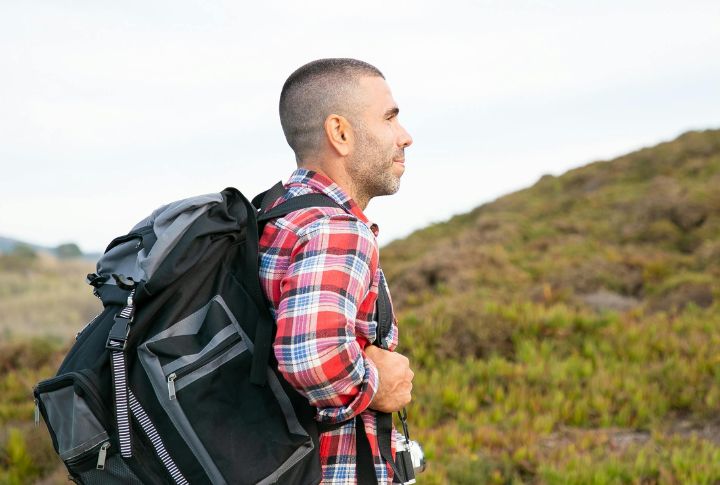
Pick a backpack that fits well to avoid sore shoulders and backs. Look for adjustable straps to evenly distribute weight. Before you settle on one, pack it up to make sure it can hold all your essentials without putting unnecessary strain on your body.
Pick Campsites Wisely
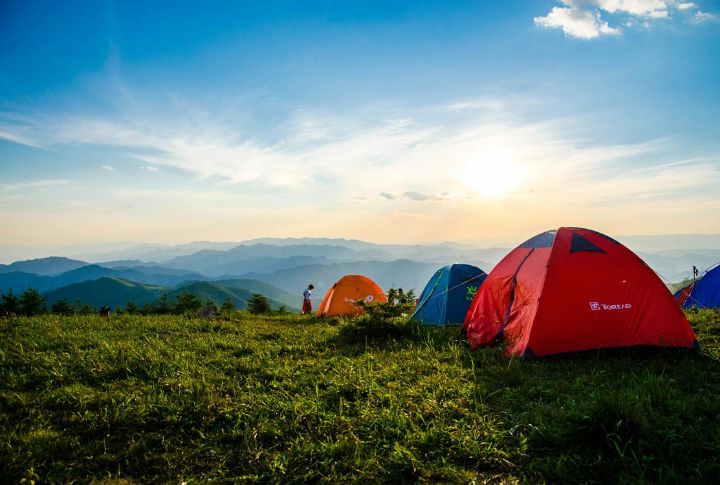
A flat patch of grass is not always a good sign. Look for slightly elevated ground to avoid water pooling. Check above for dead tree limbs and below for ant hills or sharp rocks. Additionally, wind direction and proximity to water should be considered. Campsite placement affects everything, from sleep to safety.
Use Dry Bags And Bins
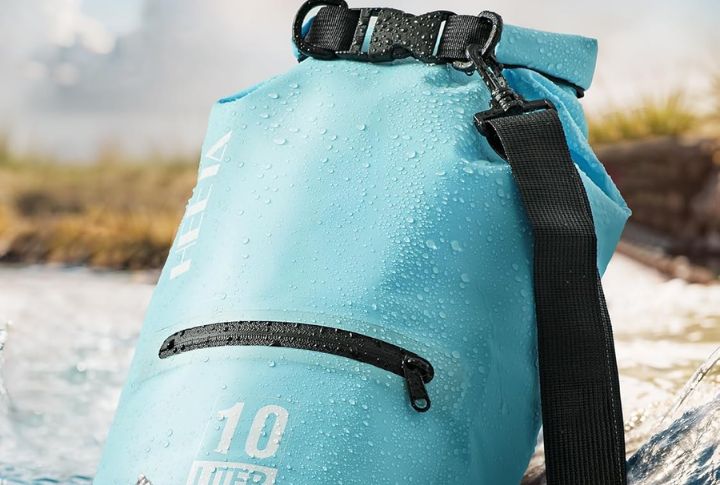
Rain doesn’t care if your clean socks are sacred. Dry bags protect clothing and food from sudden downpours or accidental dunkings. Color-code them for easy access: blue for clothes, red for food, yellow for gear. Alternatively, clear bins in car camping can be used for quick visual sorting.
Bring A Tarp Or Two
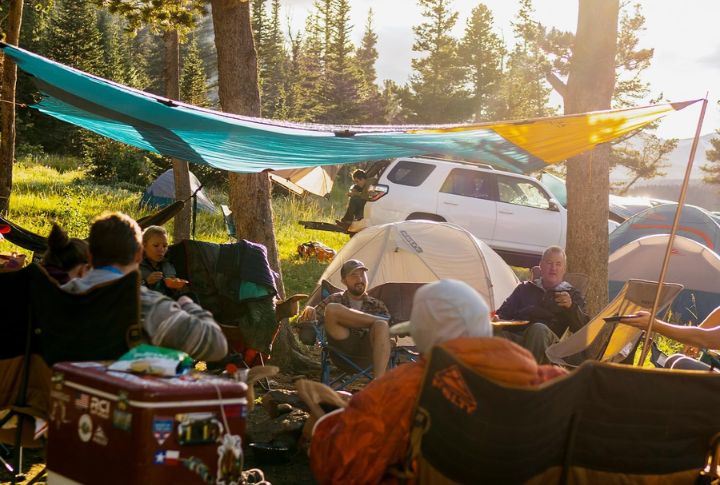
A good tarp is the Swiss Army knife of camp life. Use it as a ground cover, rain shelter, cooking canopy, or windbreak. Tarps are versatile and far cheaper than specialized gear. Also, pack paracord and stakes. The more ways you can set it up, the better your camp comfort.
Never Forget Duct Tape
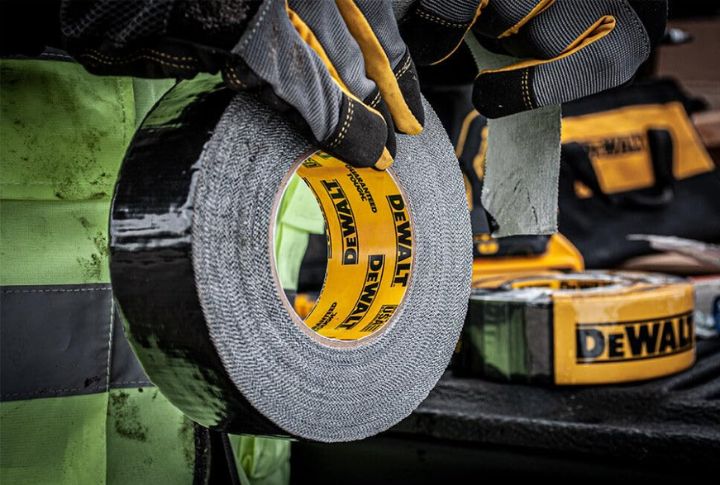
Duct tape is your go-to fix for blisters, broken gear, and torn tents. Wrap a few feet around your water bottle or trekking pole to save space. It can patch holes and even serve as a makeshift bandage. For tougher fabric repairs, pack Tenacious Tape for added durability.
Know Local Wildlife Rules
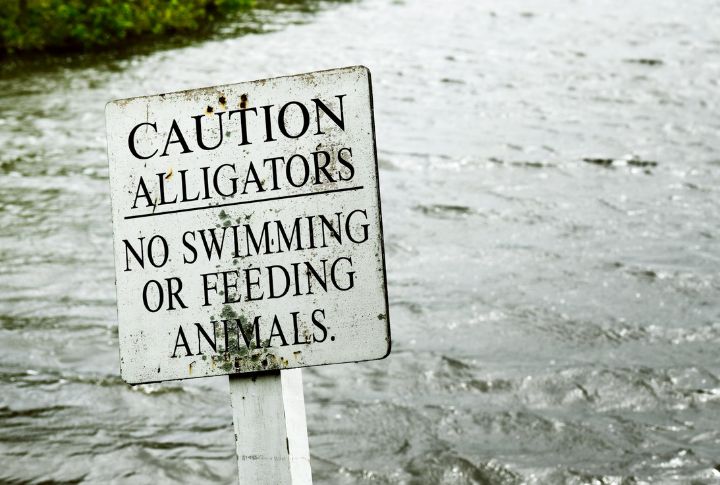
Feeding wildlife is not only harmful to animals but also against the rules. Before heading out, check local regulations and learn about common animals in the area. Knowing how to safely interact with wildlife can protect both you and the environment during your camping trip.
Pack Lightweight Tools

No, you don’t need a full-size axe. Modern tools like a compact multi-tool or foldable saw handle most campsite tasks, from food prep to firewood gathering. Choose gear made from durable materials such as stainless steel or titanium. Pack smart, not heavy. Your knees will thank you on day three.
Keep Toiletries Minimal
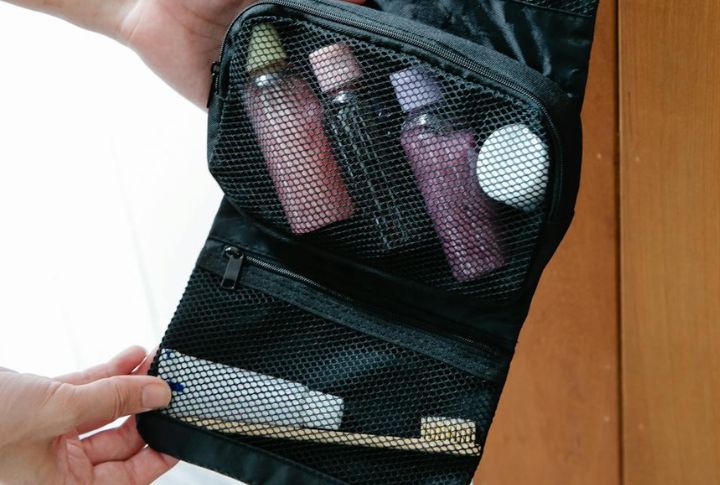
Stick to essentials: biodegradable soap, toothbrush, toothpaste, floss, travel wipes, and a quick-dry towel. A small mirror and a trowel for bathroom breaks are smart additions, too. Most importantly, pack it all in a sealable bag to prevent leaks or spills.
Charge Devices Efficiently
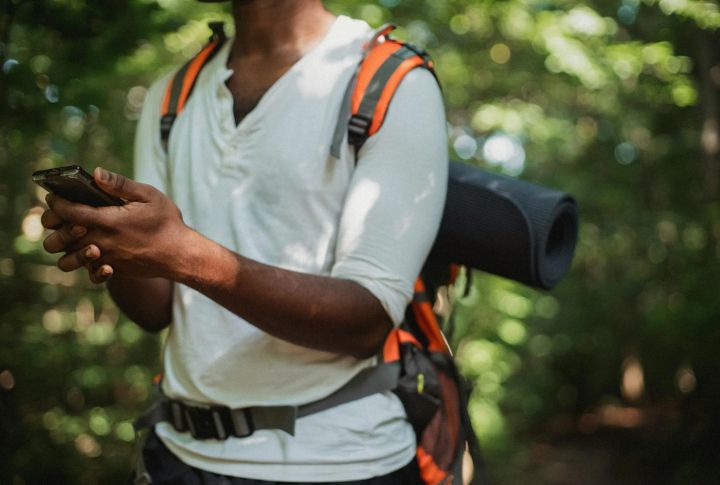
No outlets in the woods? No surprise there. Bring a solar charger or a transportable battery bank. Keep your phone on airplane mode or low power to stretch usage. Moreover, don’t rely solely on electronics. Use apps for planning, but bring analog backups like maps and a written itinerary.
Leave No Trace Behind
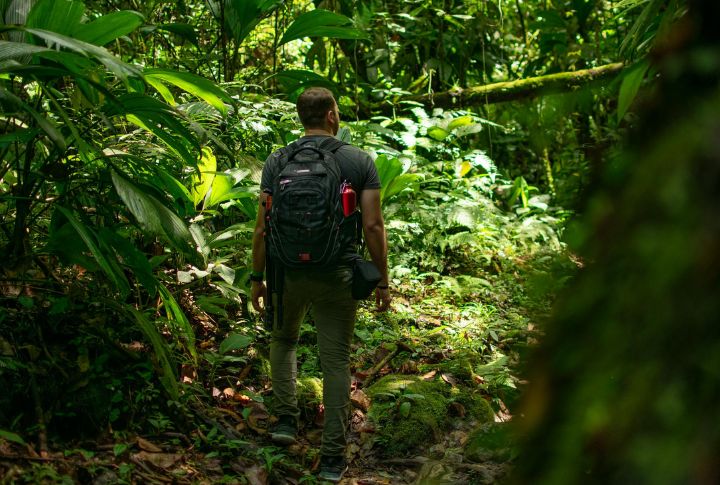
If you’re going to visit nature, act like a guest, not a wrecking ball. Pack out every scrap of trash and even biodegradable waste where required. Stay on marked trails and avoid picking plants or disturbing wildlife. Ultimately, camping is a privilege, not an excuse to be careless.
Create A Night Routine
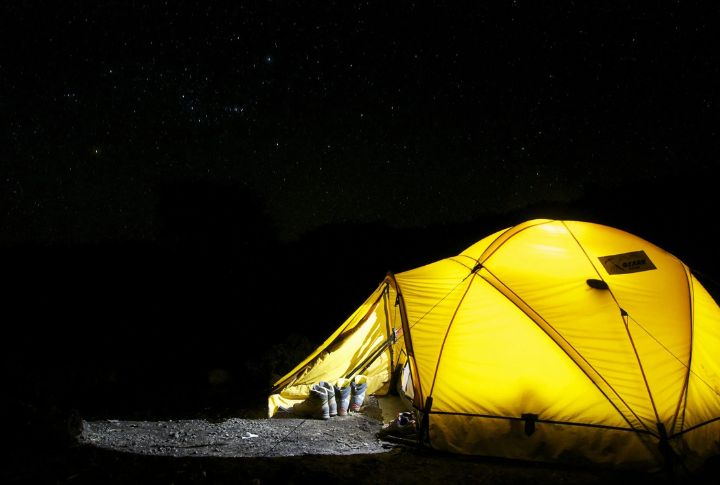
Even wild things need wind-down time. Brush teeth, stash food securely, check gear, and prep layers for the night chill. Doing this consistently means fewer surprises and less fumbling in the dark. In addition, keep a water bottle within arm’s reach. You’ll thank yourself at 3 a.m.
Log Lessons Learned
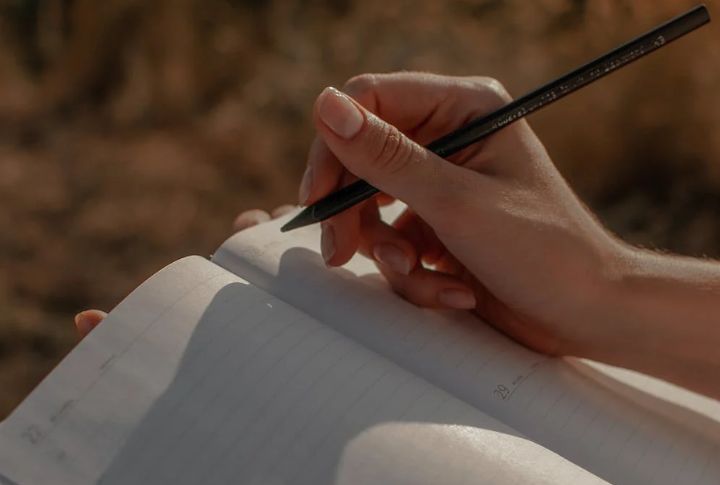
No trip goes perfectly. That’s the point. Jot down what worked, what failed, and what you wished you had (or hadn’t) packed. Over time, these notes become your personalized hacks for better trips. Also, it’s fun to read later and laugh about the squirrel that stole your trail mix.






